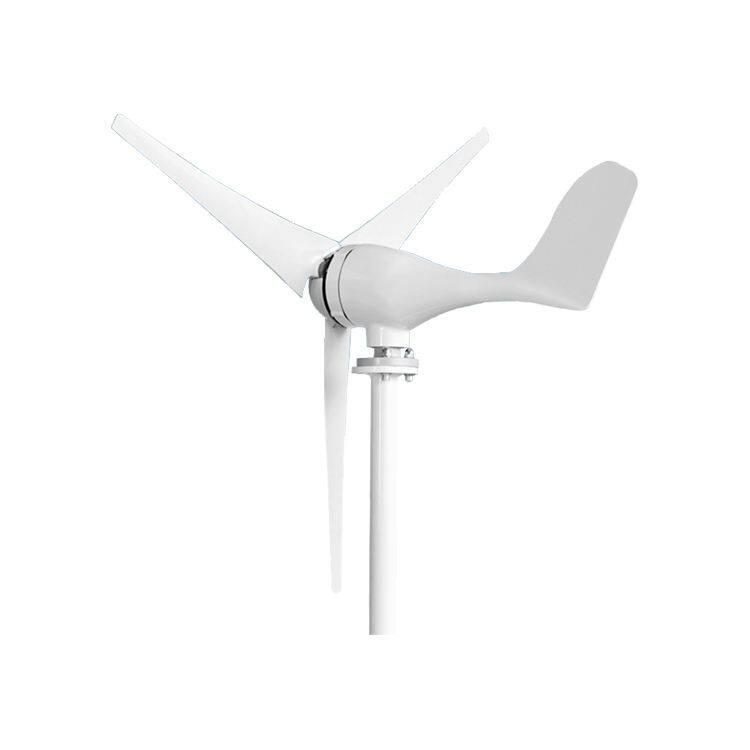Email format error
Email cannot be empty
Email already exists
6-20 characters(letters plus numbers only)
The password is inconsistent
Email format error
Email cannot be empty
Email does not exist
6-20 characters(letters plus numbers only)
The password is inconsistent


Power Generation from Renewable Energy Sources: The Future of Sustainable Energy
In recent years, the world has witnessed a growing interest in renewable energy sources as a viable alternative to traditional fossil fuels. With concerns about climate change, environmental degradation, and the finite nature of fossil fuels, the push towards sustainable energy solutions has never been more urgent. Among these solutions, power generation from renewable energy sources stands out as a beacon of hope for a cleaner, greener future.
The Rise of Renewable Energy
Renewable energy sources, including solar, wind, hydro, geothermal, and biomass, have become increasingly popular in global energy discussions. Unlike fossil fuels, which are finite and contribute significantly to greenhouse gas emissions, renewable energy sources are abundant and have minimal environmental impact. The shift towards renewable energy is not just a trend but a necessary transition to ensure the long-term sustainability of our planet.
One of the most compelling aspects of power generation from renewable energy sources is its potential to reduce carbon emissions significantly. According to the International Energy Agency (IEA), the energy sector accounts for around 40% of global CO2 emissions. Transitioning to renewable energy sources could dramatically decrease these emissions, slowing down the pace of global warming and helping to mitigate the effects of climate change.
Solar Power: Harnessing the Sun's Energy
Solar power is perhaps the most well-known form of renewable energy. The sun, our most abundant energy source, provides more energy to the Earth in one hour than the entire world consumes in a year. Solar panels, made of photovoltaic cells, convert sunlight directly into electricity. This technology has evolved rapidly, becoming more efficient and affordable over the years.
In many parts of the world, solar power is now a cost-effective alternative to traditional energy sources. Countries like China, the United States, and Germany have invested heavily in solar power infrastructure, leading to a significant increase in solar energy production. Moreover, the versatility of solar power—ranging from small residential rooftop installations to large-scale solar farms—makes it accessible to a wide range of users.
One of the most exciting developments in solar energy is the advent of solar storage solutions. Battery technologies, such as those used in Tesla's Powerwall, allow for the storage of excess solar energy generated during the day for use at night or during cloudy periods. This development addresses one of the primary challenges of solar power—its intermittent nature—by ensuring a consistent energy supply.
Wind Power: Capturing the Power of the Wind
Wind power is another rapidly growing sector within the renewable energy landscape. Wind turbines, often located in windy regions or offshore, convert the kinetic energy of wind into electricity. The growth of wind power has been remarkable, with countries like Denmark, the United Kingdom, and the Netherlands leading the way in offshore wind energy production.
The appeal of wind power lies in its scalability and efficiency. Modern wind turbines are engineering marvels, capable of producing significant amounts of energy even at low wind speeds. Offshore wind farms, in particular, have garnered attention for their potential to generate large amounts of clean energy without taking up valuable land space.
Despite its many advantages, wind power does face some challenges. The visual and noise impact of wind turbines has led to opposition in some communities. Additionally, like solar power, wind energy is intermittent, depending on weather conditions. However, advancements in grid management and energy storage technologies are helping to address these issues, making wind power an increasingly reliable energy source.
Hydropower: Utilizing the Force of Water
Hydropower, or hydroelectric power, is one of the oldest and most established forms of renewable energy. It involves using the force of moving water, typically from rivers or dams, to generate electricity. Hydropower is a reliable and consistent source of energy, capable of producing large amounts of electricity with minimal environmental impact.
One of the main advantages of hydropower is its ability to provide a stable, continuous energy supply. Unlike solar and wind power, which are weather-dependent, hydropower can generate electricity around the clock. This makes it an essential component of many countries' energy portfolios, particularly in regions with abundant water resources.
However, hydropower is not without its drawbacks. The construction of large dams can have significant ecological and social impacts, including the displacement of communities and disruption of local ecosystems. Balancing the benefits of hydropower with these concerns is crucial as we move towards a more sustainable energy future.
The Role of Biomass and Geothermal Energy
In addition to solar, wind, and hydropower, biomass and geothermal energy are also important players in the renewable energy landscape. Biomass energy is derived from organic materials, such as plants, agricultural waste, and even municipal waste. When these materials are burned or processed, they release energy that can be used for heating, electricity generation, or as biofuel.
Geothermal energy, on the other hand, taps into the Earth's internal heat. This heat can be harnessed to produce electricity or for direct heating applications. Geothermal energy is particularly appealing because it provides a constant and reliable energy source, regardless of weather conditions.
Both biomass and geothermal energy have their unique advantages and challenges. Biomass is versatile and can be produced from a wide range of materials, but its sustainability depends on responsible sourcing practices. Geothermal energy is highly efficient but is limited to regions with significant geothermal activity, such as Iceland or the western United States.
The Future of Renewable Energy
As the global community continues to grapple with the challenges of climate change and environmental degradation, the importance of power generation from renewable energy sources cannot be overstated. The transition to renewable energy is not just about reducing carbon emissions; it's about building a sustainable energy future that ensures access to clean, affordable, and reliable energy for all.
Governments, businesses, and individuals all have a role to play in this transition. Policy support, technological innovation, and public awareness are all crucial to accelerating the adoption of renewable energy. The future of power generation lies in our ability to harness the Earth's natural resources in a way that meets our energy needs without compromising the health of our planet.
In conclusion, power generation from renewable energy sources represents the future of sustainable energy. With continued investment and innovation, we can create an energy system that not only powers our world but also preserves it for future generations.

